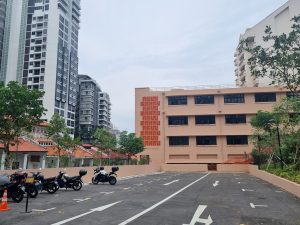The 20 or so rooms in each brothel, each belonging to a prostitute, resemble shoe boxes, big enough for just a bed, shelf, and sink—immediately calling to mind a certain minister’s words about small spaces.
Some doors have notices pasted on them informing customers that the women they belong to are overseas, and all around are posters detailing reminders to practise safe sex with a condom. They are printed in all four languages just in case the public service announcement gets lost in translation.
One particular corridor, dimly lit by a red lamp that is supposed to evoke both desire and eroticism, is so narrow that I have to press myself against the wall to let a customer exit before I can venture further. The walls are so stained that instead of memories of the film Eyes Wide Shut, all I get are flashbacks from the horror video game Silent Hill.
Men enter one by one to inspect the rooms, sometimes locking doors behind them. They note my presence with a quick glance, but pay no further attention, moving quickly with purpose.
To them, it doesn’t matter that I’m loitering, or that I look way younger than everyone else. Here, at one of 13 brothels that line Marne Road, just a few minutes’ walk from Farrer Park MRT station, everyone is welcome, and judgment is non-existent.
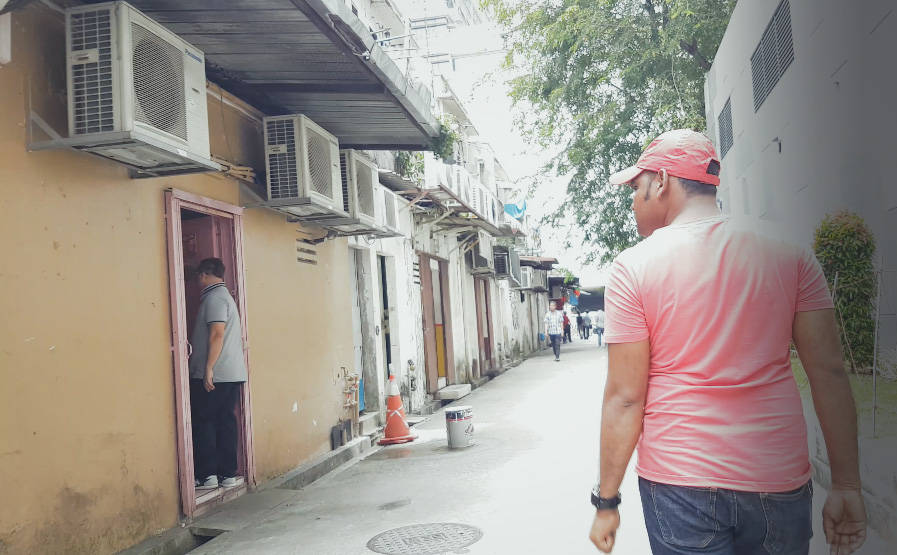
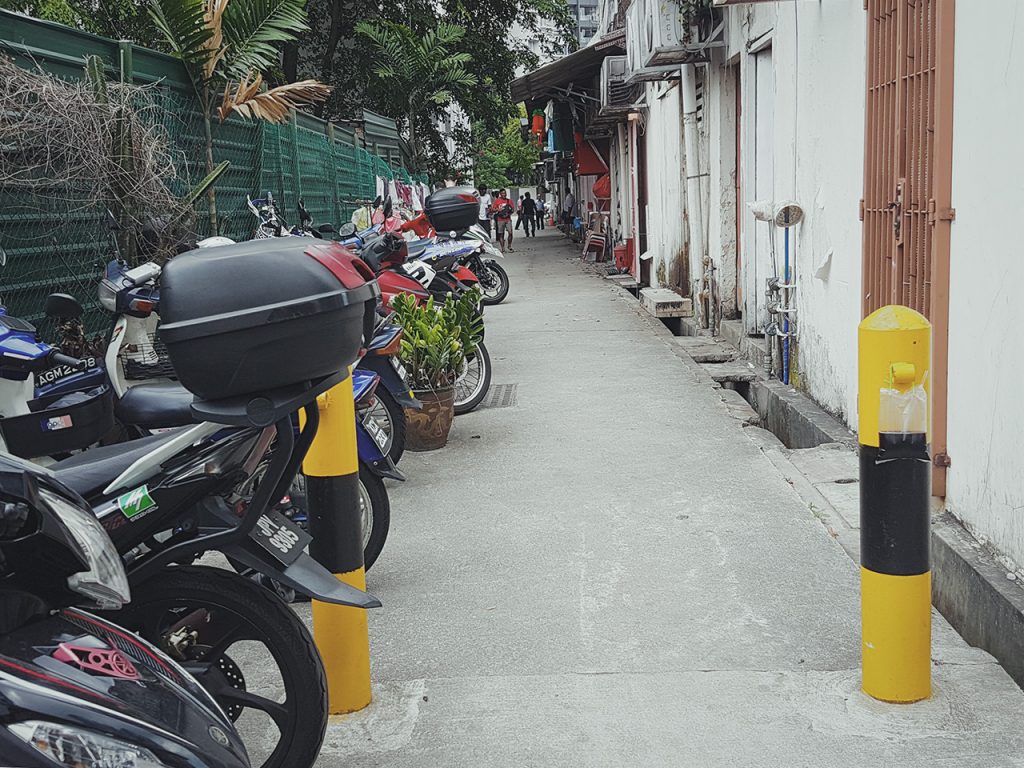
Unlike the fancy Chinese-Baroque styled shophouses just a stone’s throw away along Petain Road, they don’t hold as much cultural significance or aesthetic appeal. Save for a convenience store, the signboards of a physiotherapy clinic, and a law firm on the other side of the building, the shophouse units are nondescript.
Despite this, the back alley where the brothels are located sees a steady stream of foot traffic every day.
Unlike Geylang, where younger girls typically charge between $50-$150, the rate here is around $30 to $40 for a session.
“Why don’t you go to a massage parlour? There are so many in Jalan Besar and it’s much cheaper,” Hui, a Malaysian, asks me in Mandarin.
I reply that I’m curious about this place, having heard stories from others. Also, I’m exhausted.
She laughs, before gamely entertaining my questions about her work at Petain Road.
“If you visit one of the others who charge $30 or $40, they may not be as chatty as me,” jokes Hui, who charges $50 – the most expensive at Petain Road.
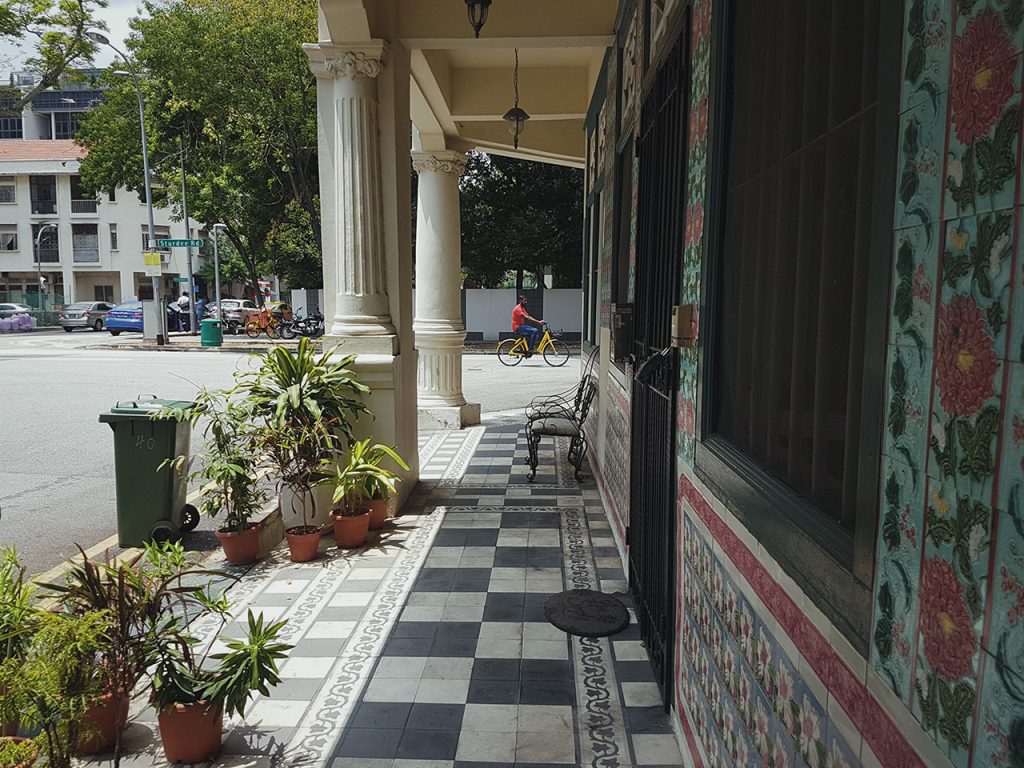
“If I lower the prices of my services, I would be competing with the older ladies and it isn’t exactly fair. We usually start at $50 and only lower prices if we are desperate for business.
“But even if I charge $30, it only means I have to service even more customers to make up for the deficit. I have to pay rents for this room and my own room in Geylang where I stay.”
The room we are in costs Hui $1,700 a month, collected in daily rent. In recent months, business in Petain Road has been particularly bad; the number of customers that she receives has fallen by half, and she is only barely making ends meet.
In addition, there are the mandatory health check-ups that happen once every two months, costing $100 for a standard check-up, and $50 more for a blood test.
To compound her troubles, the special license that grants Hui the authorisation to ply the sex trade legally also prevents her from working in any other industry, killing any hope of earning additional income. She’s also legally bound to work only at Petain Road. Operating elsewhere would lead to deportation.
If she decides to quit prostitution, she will be barred from entering Singapore for a year, as stated by the law.
So she’s only left with two options: hope things improve at Petain Road or return to Malaysia. Unsurprisingly, she’s not very keen on the latter.
After all, she’s been lying to her family for 20 years that she works as a beautician in Singapore. While she did indeed work in that industry in her late teens, she turned to prostitution at the age of 20 after seeing how her friends in the sex trade led comfortable lives in comparison to what her measly salary of $800 could get her then.
“Before City Square Mall was built, it was harder to lie to them when they came to visit because I had to make up a place where I worked. But now it’s easier because I’m familiar with the shopping centre,” she says.
“If I give this up, I will be in trouble because my relatives will ask what offence I had committed that prevents me from coming back to Singapore, and I can’t tell them the truth.”
At the same time, it’s uncertain how long more she’ll be here for. Given the redevelopment in the area, the writing is already on the wall for the brothels at Petain Road. Regardless, Hui remains unfazed about the future, and confidently tells me her only goal now is to earn enough money every day.
Soon, our allocated time of 20 minutes is up. I hand her a $50 note, and she tells me to visit again when I’m in the area.
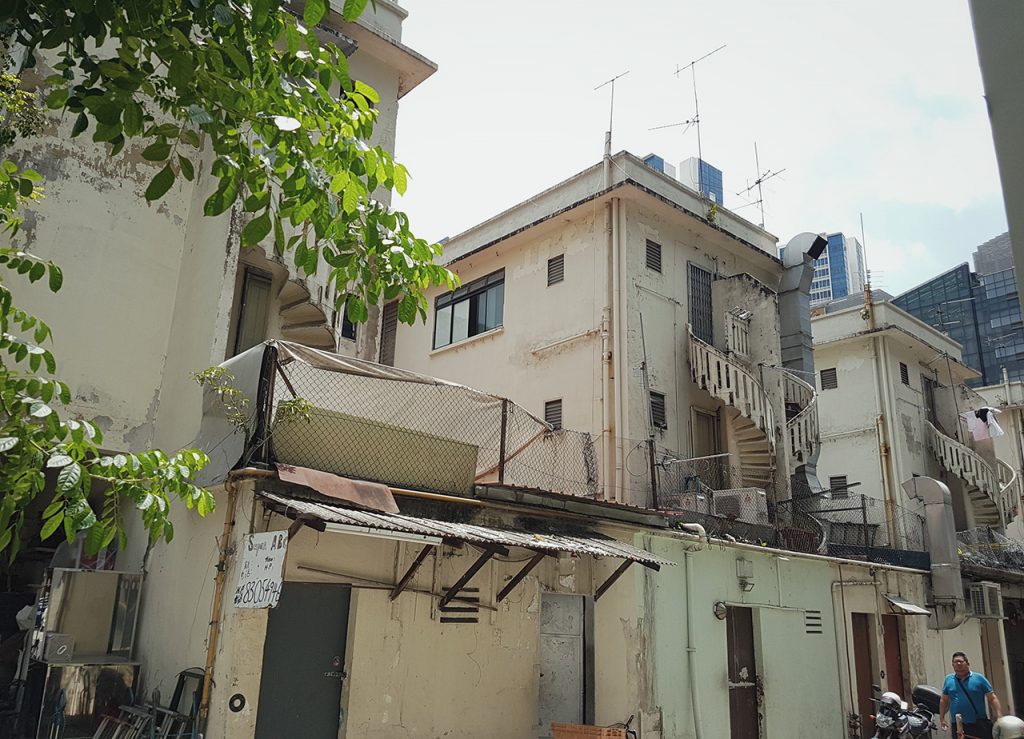
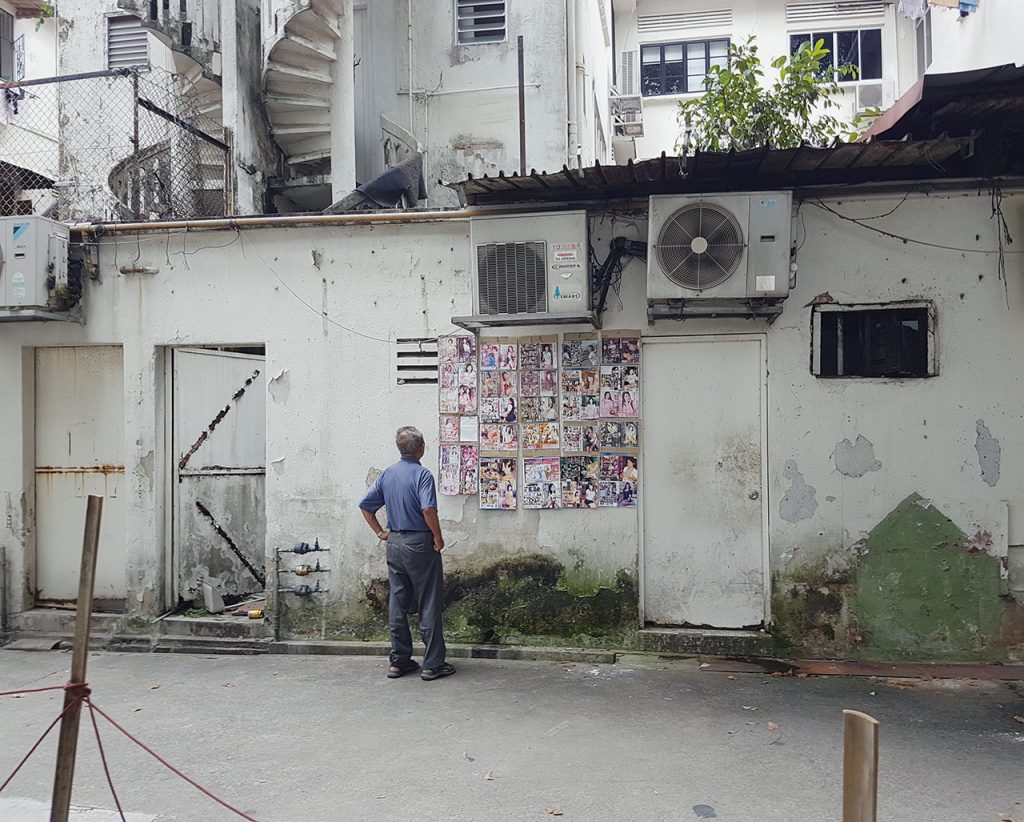
While our notion of a red-light district is typically one that operates at night, situated far from residential property and hidden from plain sight, Petain Rd opens only in the day and closes around dinner time.
Information on its establishment is scarce, putting it at roughly around the ’60s to ’80s when this area used to be near a vegetable cultivation zone, thus earning its nickname “kim chio kar” or “foot of the banana” in Hokkien. The even numbers above the 13 brick red doors are also a relic of Singapore’s history, representing the last remaining brothels at Petain Road, since the opposite row of odd-numbered units has since been torn down.
If not for a mashup of Japanese AV DVD covers (featuring older actresses) pasted on the wall outside one of the units, a regular passerby would have little clue that this is no ordinary back alley. Apart from the cyclists and bikers who use this walkway as a parking bay, those who visit are mostly foreign workers and men in their 50s or older.
Those who aren’t inside the shophouses looking for a lady who can satisfy their needs simply loiter outside and wait their turn. They smoke cigarettes, read the papers, but hardly make conversation.
Many of the women who started plying their trade here have never left, ageing together with their regulars and the decaying walls that envelop what is often considered a “dirty” job. They also are at least middle-aged, and hail from countries like China, Malaysia and Philippines, in addition to a handful of locals.
While some are clad in tight dresses, others are simply clothed in their pyjamas—a fact that captures the reality that there is nothing sexy or romantic about this place. These brothels operate not on sex appeal, but instead play a functional role to satisfy the most fundamental carnal desires of Singaporean men seeking affordable release.
Here, one understands that beggars can’t be choosers.
As I exit the brothel, I spot an old lady next door who looks old enough to be my grandmother bidding farewell to a slightly younger man. My heart sinks a little, and I wonder where she will go when this row of shophouses eventually gets torn down, another casualty of the inevitable gentrification of mature estates in land-scarce Singapore.


